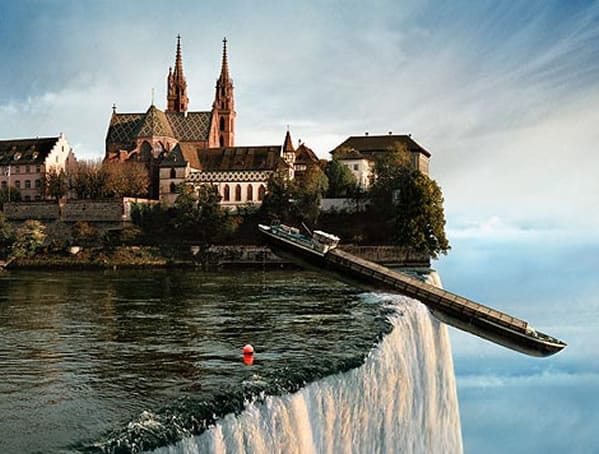
The World is Flat Essay
In his book “The World Is Flat: A Brief History of the Twenty-First Century”, one of the most famous American journalists Thomas Friedman states that the world economy has entered the third stage of globalization, which is fundamentally different from the previous ones. According to Friedman, the uniqueness of the current situation lies in the fact that for the first time in human history, individuals and small groups of people have obtained the opportunity to collaborate and compete in the global market as full-fledged producers and consumers of goods and services, while previously, globalization was basing mostly on states and later, on corporations (Friedman 356-60). Thus, in the contemporaneity, the whole planet is a single production field with the standardized operating rules (Friedman 580). Factually, this is the fundamental meaning of Friedman’s concept of the “flat world”, offset by information technologies.
The opposing viewpoint of William Duiker runs that globalization presents the fragmentation of the globe into the territories of two types. The first one may really include the globalized territories, which are a truly unified economic complex or areas of large urban agglomerations, and not just large urban agglomerations, but only those where the most advanced social, economic and scientific institutions are concentrated (Duiker 210-14). Globalized territories are transportation hubs, which at the same time involve large banks, leading universities, high-tech industry, developed urban infrastructure, etc. However, the number of these territories is not that significant as it is presented by the theorists of globalization: they are calculated by dozens, but still the main world intellectual, financial, and transportation resources are now centered in these areas (Duiker 225-29). The rest of the fragmented world are culturally non-globalized areas, which may be very different (from deserts and large devastated agricultural areas up to remote regions of underdeveloped countries), but the way they look like makes no interest to the process of globalization (Duiker 235).
It may seem logic that the link between the contemporary culture and transformations shows that globalization processes create forces that both homogenize and differentiate identities in different parts of the world. Cultural elements surely contribute to stabilizing the dominant order of the globalized world. Many researchers come to the common opinion that the nation and its culture are not just replaced by transnational cultures: due to the diversities of different orders, such as lifechances, gender, or geographic origin, the access to globalized life-worlds is still limited (Duiker 278-80).
At the same time, it’s difficult to disagree that today people are confronted by transnationals, global images markets. Ideas, promoted through mass media made people afraid of cultural homogenization. They try to get to grips with these external elements. In our opinion, we can no longer speak of the globalized world in terms of “centre–periphery”, which implied asymmetries in economies, politics and culture. Instead, the current globalization implies a form of homogenization and diversity: globalization is linked to localization.
For several decades the creation of new local social forms as an answer to the process of globalization is taking place. In order to be meaningful to social actors, these new social meanings must be built on existing cultural schemes. It becomes obvious that this tendency of reinvention of tradition and creation of new meanings is different from persisting local traditions. Thus, glocalization permits the opening up of a new theoretical understanding of social transformation and change.
After all, internal globalization means that large numbers of people around the globe are exposed to other cultures on a daily basis without crossing borders on a regular basis, simply through the variety of communication media. Furthermore, they might encounter immigrants, refugees or tourists in their own locality. They might also encounter cultural artifacts and commercial establishments that bring other cultures into close proximity to their own – a process referred to in contemporary debates as “McDonaldization” or “Americanization” or, more broadly, as “cultural imperialism”.
The author shares Friedman’s and Duiker’s opinion in the aspect that indeed, the flat world’s platform, while it has the potential to homogenize cultures, also has an even greater potential to nourish diversity and fragmentation to the degree the world has never seen before – and mainly by means of informational globalization and the given chance to take one’s own culture and upload it into the world. The fact is that many people worldwide now have the tools to create and upload their own content – their own news reports, own opinions, their own music, videos, photos, software – and it’s a very powerful force for the preservation and enhancement of cultural autonomy and particularity.
Analyzing contemporary processes, we can formulate the central problem of human development: its essence consists in the fact that the world moves both in the direction of greater order and of greater freedom, and what is most important – these tendencies take place simultaneously. Crossing of the new threshold of dynamic complication by the most part of modern society, which caused globo-local variety filled with bifurcations, is predetermined by the nonlinearity of socio-cultural dynamics, characterized by the breaks of society and rhizome development and accompanied by the processes of globalization and fragmentation unfolding simultaneously.

